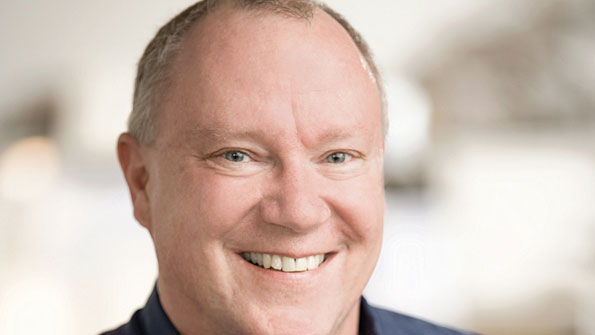Singing the praises of unsung heroes
A couple of weeks ago, I spoke with David Sumner, the CEO of the American Radio Relay League (ARRL), which represents the amateur-radio community. Sumner was to be the keynote speaker at the Radio Club of America's annual awards banquet in New York City a couple of days later. Since it had been a while since I last spoke with him — far too long, really — I thought this would be a good time to catch up.
He told me that amateur radio was alive and well. This surprised me, though I don't really know why. I suppose it's because a lot of things that were popular in my youth — hula hoops, for instance — have fallen by the wayside in this era of technological one-upmanship that makes the Cold War arms proliferation look like a potato-sack race.
Sumner completely understood my reaction. "The perception is that we're stuck in the Sixties," he said. "But the number of licenses continues to grow. In fact, this is the sixth straight year of growth."
He attributed the increased popularity in part to the do-it-yourself movement that is sweeping the country — if you doubt this, then spend some time surfing your cable or satellite system's program guide. According to Sumner, DIY clubs are popping up from coast to coast. He told me of one in Washington, D.C., that operates in a church basement.
Members can access a wide variety of equipment and tools — the type of gear that is problematic to store if one dwells in a condo or apartment, as many D.C. denizens do — that can be used to build an even wider variety of things. A few members started to build ham radios just for kicks, and this led to the formation of an amateur radio club, Sumner said. He further predicted that more of these DIY clubs likely will be spawned as the reurbanization of America continues.
Periodically, we have written stories about the vital role that amateur-radio operators play in the aftermath of a major disaster, when commercial and public-safety communications infrastructure often is rendered inoperable. I recall that the hams were the only source of information for several days following the December 2004 Indian Ocean earthquake and tsunami that killed 230,000 people and displaced 1.7 million more.
Sumner told me about the role that hams played in the aftermath of Superstorm Sandy. Though public-safety communications systems fared very well in the 10-state region impacted by the disaster, that didn't stop the amateur-radio operators from getting involved. They worked with the American Red Cross to establish communications at dozens of shelters that popped up across the affected area. For many victims, the hams were the only way that they could get word to family and friends that they had survived.
So, I'd like to take this opportunity to thank them for their service. Amateur-radio operators tend to do their thing in anonymity. But when it hits the fan, they are front and center, right where you need them. America is better for it.
What do you think? Tell us in the comment box below.















